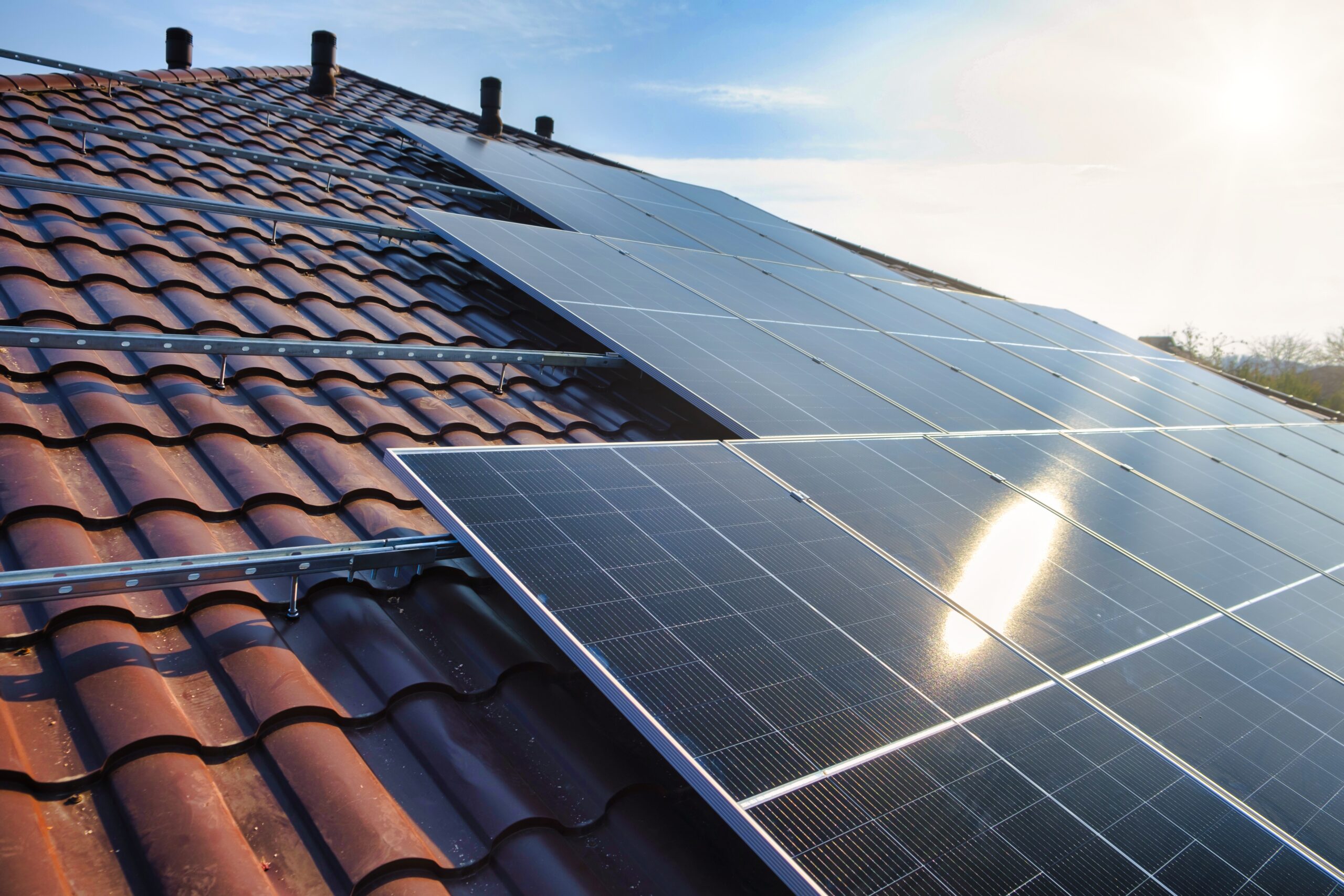News roundup: Building industry adopting renewal energy sources, plus more stories

For PropertyGuru’s real estate news roundup, the building industry worldwide is increasingly adopting renewable energy sources to mitigate environmental impact and improve energy efficiency. In other stories, there’s an urgent need to mitigate buildings’ “embodied” carbon emissions, and the Philippines’ Department of Energy (DoE) maintains a moratorium on the development of greenfield coal-fired power plants.
Green building and renewable energy
Globally, the building and construction sectors combined are major contributors to energy consumption and greenhouse gas emissions. According to the United Nations Environment Programme, buildings account for nearly 40 percent of global energy-related CO2 emissions when including building construction. Of this, operational emissions – from energy used to heat, cool, and light buildings – account for 28 percent, while the remaining 12 percent comes from embodied carbon associated with materials and construction processes throughout the building lifecycle.
In response, the building industry worldwide is increasingly adopting renewable energy sources to mitigate environmental impact and improve energy efficiency. In 2022, energy consumption from renewable energies in the building sector was 7.8 EJ and aims to be 18.2 EJ by 2030 according to the International Energy Agency (IEA) in a Green Building Consulting & Engineering report.
Innovative solar, wind, and geothermal energy solutions are at the forefront of sustainable building designs, offering a promising pathway to reduce the sector’s carbon footprint and operational costs.
Building materials and the climate: Constructing a new future
The buildings and construction sector is by far the largest emitter of greenhouse gases, accounting for a staggering 37 percent of global emissions. The production and use of materials such as cement, steel, and aluminum have a significant carbon footprint.
Historically, much of the sector’s progress has centered around reducing the “operational” carbon emissions of buildings – those emissions stemming from heating, cooling, and lighting. Projections suggest that these operational emissions will decrease from 75 percent to 50 percent of the sector’s total emissions in the coming decades.
However, solutions to mitigate the buildings’ “embodied” carbon emissions – originating from the design, production, and deployment of materials such as cement, steel, and aluminum – have lagged. To effectively address this challenge, international action and collaboration must bring together all stakeholders from across the entire lifecycle of the buildings sector, both within informal and formal settings.
A report developed by the UN Environment Programme, Yale Center for Ecosystems + Architecture in the framework of the Global Alliance for Buildings and Construction (GlobalABC), highlights the pressing need to establish innovative cooperation models to decarbonize building materials. These models are critical if we are to achieve the world’s ambitious target of net zero emissions from the built environment sector by mid-century.
Coal plant moratorium to stay — Philippine Dept. of Energy
The Department of Energy (DoE) is maintaining a moratorium on the development of greenfield coal-fired power plants even as most hydropower plants are currently running on derated capacities, resulting in insufficient power supply affecting the main grids.
“The moratorium (stands, if the LNG or liquefied natural gas) power plants would have a higher degree of reliability, then the private sector may opt for that rather than put up coal plants,” Energy Secretary Raphael P.M. Lotilla said in a virtual press briefing reported by BusinessWorld.
In 2020, the Energy Department issued a moratorium on the development of new coal-fired power plants, as the country sought to reduce its dependence on coal.
Mr. Lotilla said the DoE sees no reason to lift the moratorium for now as more than 4,000 megawatts (MW) of power supply is expected to boost the country’s overall supply.
The Property Report editors wrote this article. For more information, email: [email protected].
Recommended
6 green real estate projects reshaping Asia’s future
Developers are being incentivised to push a green agenda into daring new realms
ARES White Paper Volume 3: The era of adaptive reinvention
Pioneering sustainable and innovative practices in urban development
ARES White Paper Volume 2: Unravelling the power of data revolution in real estate
Insights on proptech, smart cities, and sustainable development
ARES Digital White Paper Volume 1: The fundamentals of responsible building
Green and climate heroes join forces to discuss how Asia Pacific can weather the current environmental crises and the looming effects of climate change






